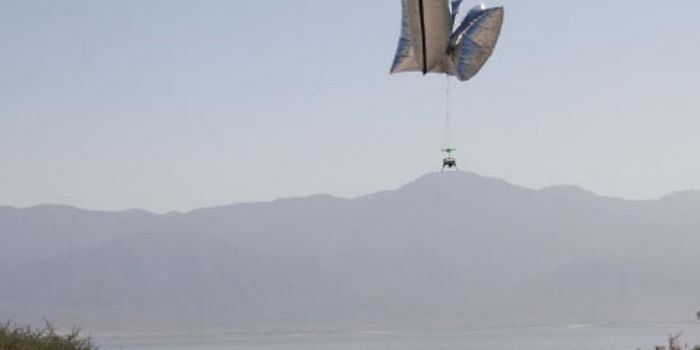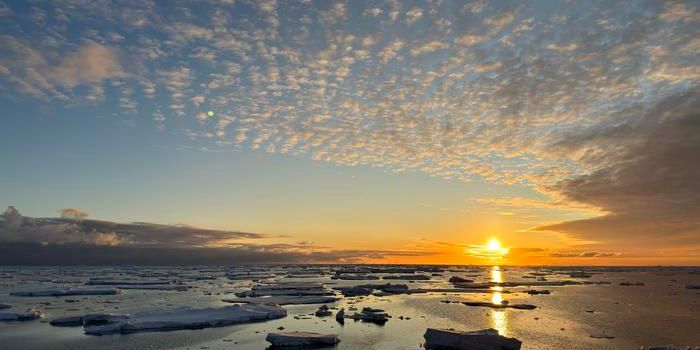Will VR Help Us Save a Disappearing Oasis?
The oases in Morocco are home to more than 2 million people. They have traditionally been defined by the presence of fertile land within a desert setting. As climate change and global warming progress, desertification of these regions has dire consequences for local land, plant life and culture. Contrast VR, Al Jazeera’s immersive storytelling studio, created a virtual reality film called, “The Disappearing Oasis,” to draw attention to local activists who aim to improve the state of their homes. Halim Sbai, who grew up in the oasis of M'hamid El Ghizlane in Southeast Morocco, is one of this true story’s main protagonists.
"This land is so precious to us because it's the last oasis before Sahara starts, and it's our roots. We consider ourselves protectors of this oasis against the desert. If we leave it, the desert will take over,” Sbai said.
Sbai and his brother have been working together to nourish and celebrate their homeland since they started a regional music festival in 2009. They lead programs honoring the Saharan culture and ecosystem, provide music education for children, and carry out environmental cleanup campaigns and tree-planting initiatives.
“The things that belong to this land are gone,” one farmer says in the “The Disappearing Oasis.”
Oases have historically served as points of gathering and cultural exchange for travelers.
"M'hamid was the door to the desert,” Sbai said, explaining that people would converge there from north of Mali, south of Algeria and Mauritania, among other lands. Nomads who stayed to make their home at an oasis typically practiced herding and farming. Sbai remembers seeing dates, vegetables, grasses, water, fish, rabbits, partridges, herds of goats and palm trees while he was growing up.
Over the last few decades, rain became less frequent and more unpredictable. As desertification occurs in response to increasingly dry, hot temperatures, few trees persist and the local population dwindles. M'hamid has lost about 25 percent of its population since 1980, and less than 7,000 people now remain.
During the last 100 years, about two-thirds of Morocco’s oases have disappeared, the Ministry of Agriculture reports. Oases in the Maghreb region in Northwest Africa have all experienced the harsh effects of global warming, including those in Tunisia, Libya and Algeria.
Climate Scientist Carl-Friedrich Schleussner of the Berlin nonprofit Climate Analytics told E360 this region will continue to have a “very robust drying signal” over the next few decades and that, “It’s already experiencing drying trends, and this is only predicted to continue.” He co-authored the World Bank 2014 Turn Down the Heat report on climate change, which states the number of drought days in the Maghreb region could increase by more than 50 percent by the close of the 21st century.
"We cannot plant all M'hamid. We cannot bring water to the whole oasis. We cannot clean it all. We can only make some noise and shine a light so people can see what's happening,” Sbai said. “The Disappearing Oasis” highlights his efforts and the ongoing climate-related challenges in the region.
The YouTube version of Contrast VR’s immersive documentary below can be explored with grab-and-drag features.
Sources:









